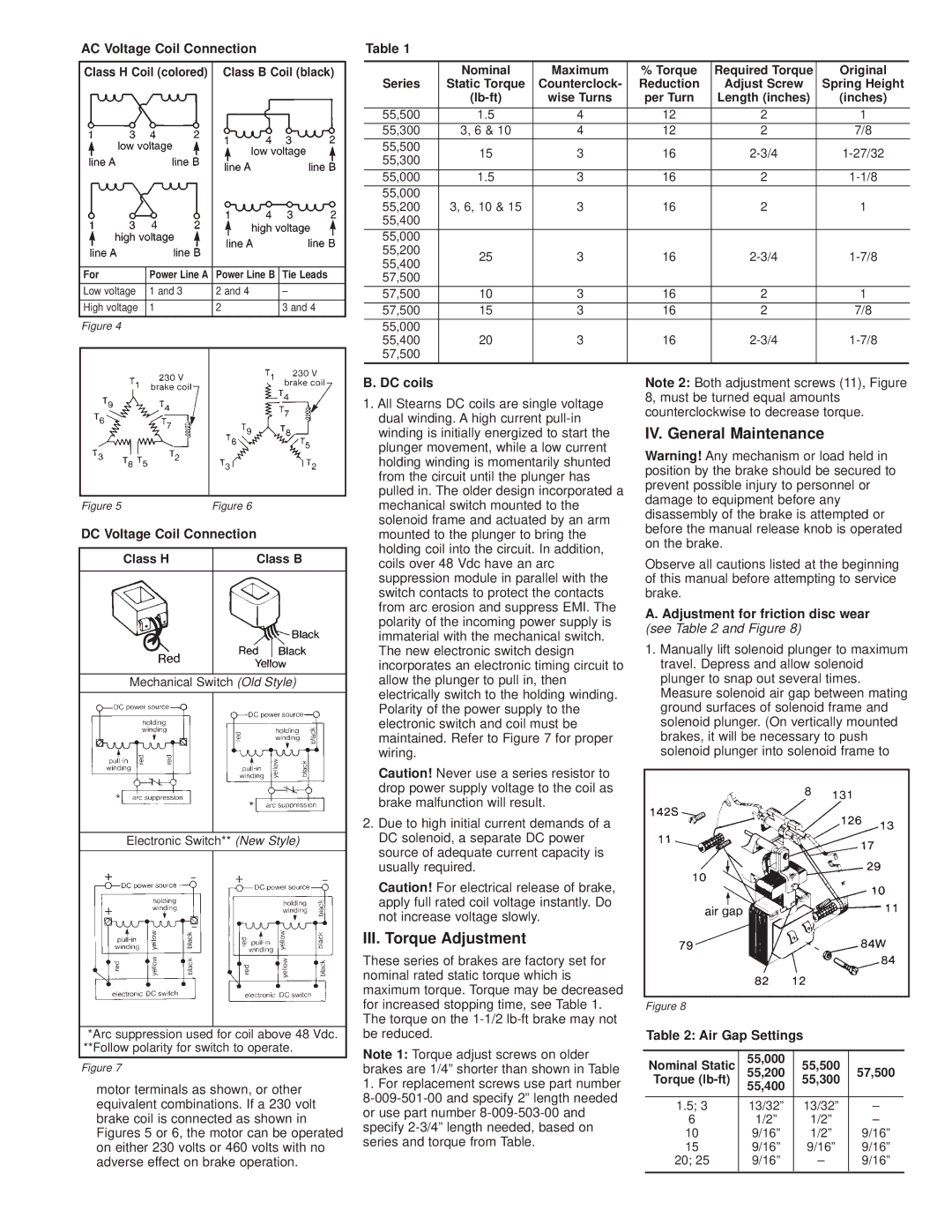500, 300, 0, 200, 55 specifications
The Stearns 55 is a remarkable piece of marine technology that stands out for its exceptional design and high-performance capabilities. Crafted for both leisure and commercial use, the vessel boasts a range of features and technologies that make it suitable for varied maritime activities.One of the standout characteristics of the Stearns 55 is its impressive length of 55 feet, which provides ample space for passengers and cargo. The vessel is designed with a clean and modern aesthetic, complemented by a sleek hull that not only enhances its visual appeal but also its hydrodynamic efficiency. The design minimizes drag, allowing for faster speeds and improved fuel efficiency.
The Stearns 55 is equipped with advanced navigation technology, including a state-of-the-art GPS system that ensures precise positioning and safe navigation even in challenging conditions. Its radar system further enhances safety, allowing operators to detect obstacles and other vessels from a distance. Coupled with AIS (Automatic Identification System), the Stearns 55 enhances situational awareness, making it an ideal choice for busy waterways.
Moreover, the vessel can be powered by a variety of engine configurations, offering flexibility to its users. Whether opting for a diesel or hybrid engine, the Stearns 55 is designed to deliver robust performance with lower emissions, adhering to modern environmental standards. The engine room is designed for easy access, facilitating efficient maintenance and minimizing downtime.
Another noteworthy feature of the Stearns 55 is its spacious and comfortable interior. The layout is designed to optimize both functionality and comfort, accommodating up to six passengers. High-quality materials and finishes create a luxurious atmosphere, making long voyages enjoyable. The galley is equipped with modern appliances, and the open-plan salon provides ample seating and panoramic views of the surrounding waters.
Safety is paramount in the Stearns 55, with features such as a reinforced hull, multiple watertight compartments, and advanced firefighting systems. The vessel is fabricated using high-strength materials, ensuring durability and resilience against rough seas.
In summary, the Stearns 55 is a fusion of cutting-edge technology and elegant design, making it a versatile and dependable choice for both recreational and commercial maritime endeavors. Through its impressive array of features and a commitment to safety and performance, it stands out as a leading option in its class.

